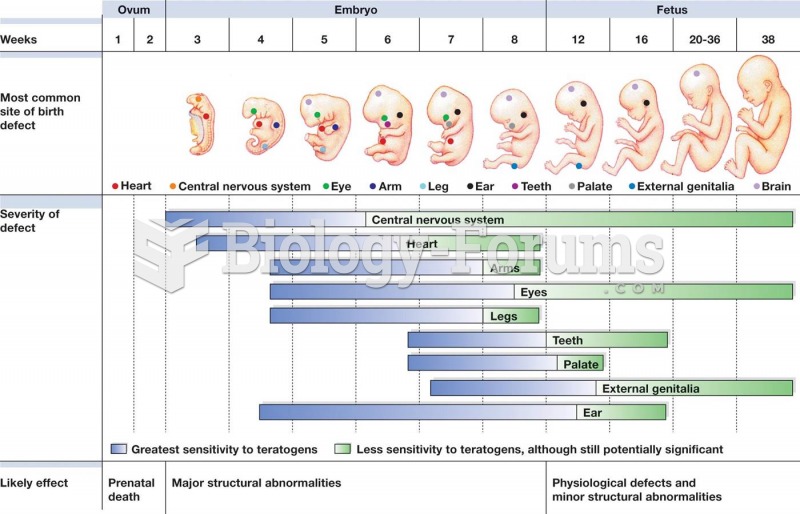Answer to Question 1
b
Answer to Question 2
Sociologist Erik Wright outlined four criteria for placement in the class structure: (1)
ownership of the means of production, (2) purchase of the labor of others (employing
others), (3) control of the labor of others (supervising others on the job), and (4) sale of
one's own labor (being employed by someone else). Wright assumed that these criteria
can be used to determine the class placement of all workers, regardless of
race/ethnicity in a capitalist society. Wright identified four classes: (1) The capitalist
class holds most of the wealth and power in society through ownership of capital
banks, corporations, factories, etc. The ruling elites or ruling class within this
category hold political power and are often elected or appointed to influential political
positions. The capitalist class is composed of individuals who have inherited fortunes,
own major corporations, or are top corporate executives with extensive stock holdings
of control of company investments. The major sources of income for the capitalist
class are profits, interest, and very high salaries. Members of this class make important
decisions about the workplace, including which products and services to make available
to consumers and how many workers to hire or fire. (2) The managerial classpeople
in this class have substantial control over the means of production and over workers.
However, these upper-level managers, supervisors, and professionals typically do not
participate in key corporate decisions such as how to invest profits. Top professionals
may control the structure of their own work however, they typically do not own the
means of production and may not have supervisory authority over more than a few
people. Members of the managerial class occupy a contradictory class location
between the capitalist and working classes. (3) The small-business class consists of
small-business owners and craftspeople that may hire a small number of employees but
largely do their own work. It is in the small-business class that we find many people's
hopes of achieving the American Dream. Recent economic trends, including corporate
downsizing, telecommuting, and the movement of jobs to other countries, have
encouraged more people to think about starting their own business. As a result, more
people today are self-employed or own a small business than at any time in the past.
(4) The working class is made up of a number of subgroups, one of which is blue-collar
workers, some of whom are highly skilled and well paid and others of whom are
unskilled and poorly paid. Skilled blue-collar workers include electricians and plumbers
unskilled blue-collar workers include janitors and gardeners. White-collar workers are
another subgroup of the working class they include secretaries, other clerical workers,
and sales workers. These workers are at the bottom of the class structure in terms of
domination and control in the workplace. The working class contains about half of all
U.S. employees.







